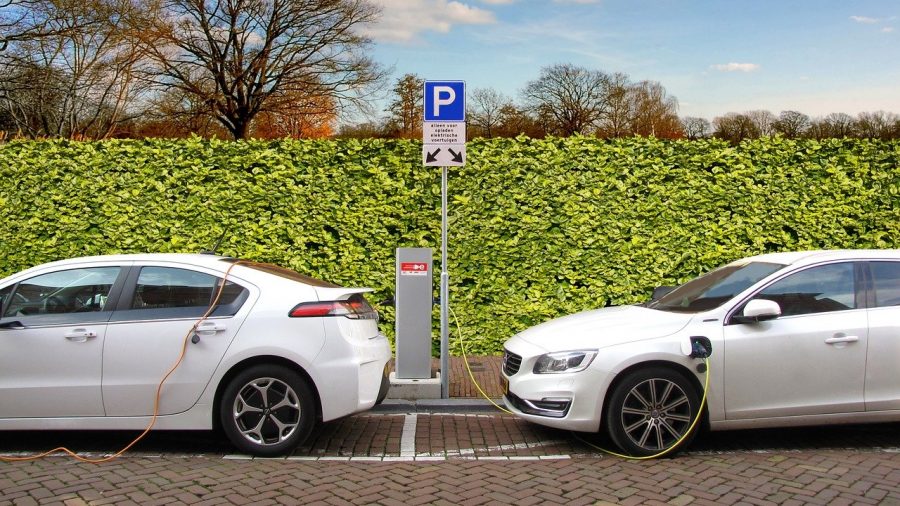The Toyota Prius first arrived in Australia 19 years ago but it has taken a while for regular hybrids to become popular. Some argue it is better to move to fully electric vehicles rather than holding on to petrol engines. But the auto industry seems to have a different view – focus on hybrids because that’s what customers want.
What is a hybrid?
A hybrid vehicle draws off two power sources – battery power and internal combustion. (Fully electric vehicles (EVs) use only battery power.)
In Australia, we are most familiar with regular hybrids where the motor is the main source of power. Regenerative braking charges the battery while you drive, so you don’t need to plug it in.
The other type is a plug-in hybrid, or PHEV. PHEVs use larger capacity batteries as their primary source of power and have smaller engines. Although their batteries can recharge while you drive, it is more efficient to plug them in.
Every year, KPMG surveys nearly 1,000 auto executives and over 2,000 auto consumers in 41 countries. In the 2019 survey, executives thought engines would outsell electric “for a very long time”. Even in 20 years time, they expect nearly half of vehicles to have a combustion engine and half of these would be regular hybrids.
Manufacturers in North and South America, India and ASEAN said they are focusing on regular hybrids rather than EVs. Consumers in the same survey said they want to buy mostly regular hybrids in the next 5 years. They chose battery and fuel cell EVs last:
| Preferred car in next 5 years | ||
| Hybrids | 35% | |
| Combustion engines | 19% | |
| Plug-in hybrid | 18% | |
| Battery EV | 12% | |
| Fuel cell EV | 9% |
Do Australians want regular hybrids?
During 2019, Australians bought five times more regular hybrids than EVs or PHEVs. Meanwhile, a 2019 Roy Morgan survey asked 50,000 Australians what they would choose for their next car:
| Preferred next car | ||
| Petrol engine | 59% | |
| Diesel engine | 24% | |
| Hybrid | 13% | |
| EV | 4% |
Since all hybrids have an engine, this means 96% of Australians still want to buy a vehicle with an engine. While 188,000 say they intend to buy a hybrid (up 21% from last year), it is a small share of Australia’s 19.5 million registered vehicles.
In November 2018, Toyota claimed Australians want the “normality of a normal hybrid”, not plug-ins. Thanks to hybrids, Toyota has bucked the generally poor trend in vehicle sales even though hybrid versions cost $1,500-2,500 more. Already in 2020, nearly a quarter of Toyota’s cars sold in Australia were regular hybrids, including 62% of RAV4s and just over half of Corollas. By 2025, it promises hybrid versions of LandCruiser and the ever popular HiLux.
Australians certainly seem closer to buying regular hybrids than EVs. They offer the familiarity of an internal combustion engine while using 30-40% less petrol. As one journalist for Cars Guide joked:
“[Engines] are like that pair of flats you carry in your bag for when your heels start to pinch on a night out. “


your opinion matters: